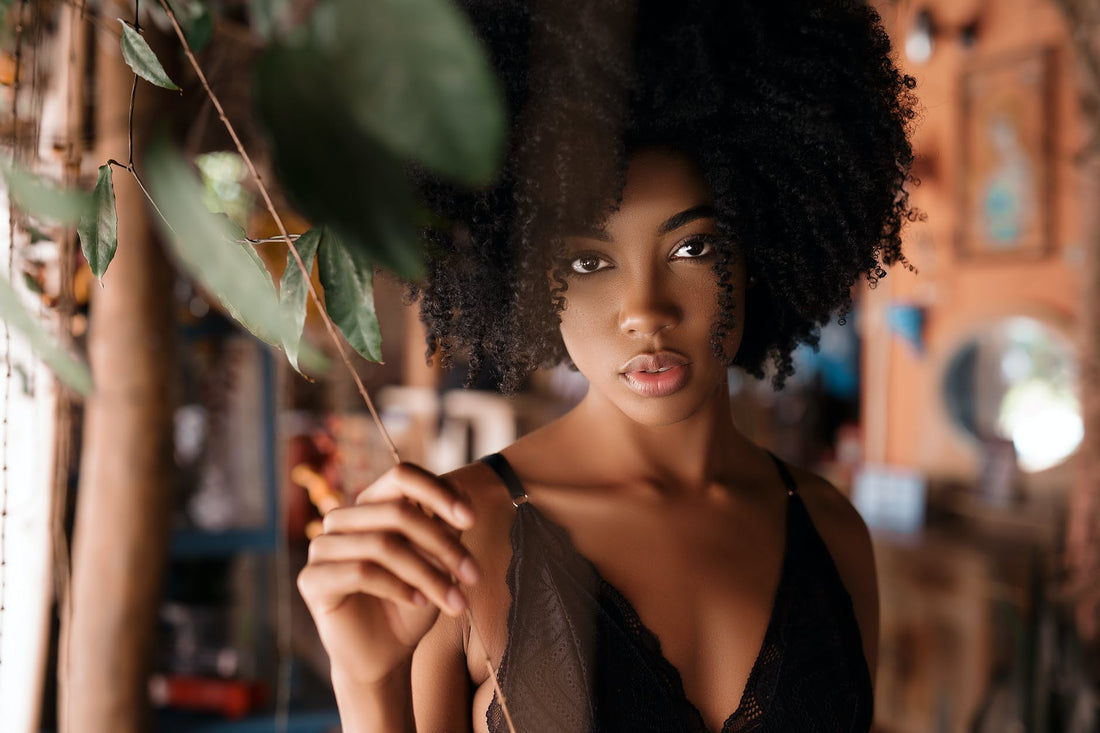Knowing Your Hair Type
Hair typing often has a negative connotation amongst black women. Some may feel that it's a way of labeling hair as either "good" or "bad" and thus, creates a divide between us. However, knowing your hair type can significantly help you on your beauty journey. Hair can be explained by five dimensions: curl pattern, texture, porosity, density and elasticity.
CURL PATTERN
You may have heard of 3A or 4C hair before and most likely, have never understood the difference. Let us enlighten you! Hair ranges from 1A-4C. Black women tend to fall into the range of 3A-4C hair. The numbers signify curly hair (3) or coily hair (4). The letters A, B, C refer to the diameter or thickness of the curl.

Texture
This refers to the diameter or thickness of your hair. Hair texture varies from fine, to coarse. Fine hair is thin, flexible and curly while coarse hair is thick, less flexible and coily (tighter curl). Both types form the shape of a corkscrew.
Porosity
Porosity is how well your hair cuticles retain moisture. Place a strand of your hair into a cup of water and let it sit for 5 minutes. Does your hair float at the top or sink to the bottom? If it is at the top, it has low porosity meaning that its closed hair cuticles make it difficult to retain moisture. This type of hair is often dry and has product build-up. If your strand is in the middle, it has normal porosity: its hair cuticles open sufficiently to retain moisture. Did your hair strand sink to the bottom? Then it has high porosity: its raised cuticles quickly absorb moisture without retention.

Density
Density is the number of strands that are on your scalp. Look in the mirror; can you see your scalp well? If you can, you have low hair density. If you part your hair, now can you see it? Then you have medium density hair. If it is still difficult to see your scalp, then you have high hair density.
Elasticity
Shrinkage, a black woman's worst nightmare! This refers to hair elasticity, or how much your hair stretches and returns to its normal state. Healthy hair stretches by 50% when wet. Unhealthy hair, on the other hand, stretches by only 20%. This is the case for chemically damaged hair, for instance.

Next steps
Hair typing can be negatively viewed because of certain people bragging and shaming others. Remember this: your hair does not define you! You can shave it, grow it back and shave it again and you will still be you!
After reading this article and trying the tests, you should hopefully have a general idea of your hair type. This will help you take care of your hair and understand which products and styles work for you. If you are still unsure, take our hair care quiz! You may also contact us for any questions.


